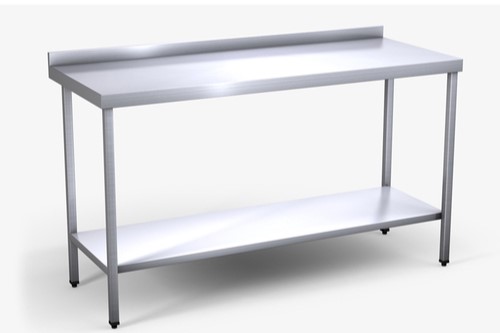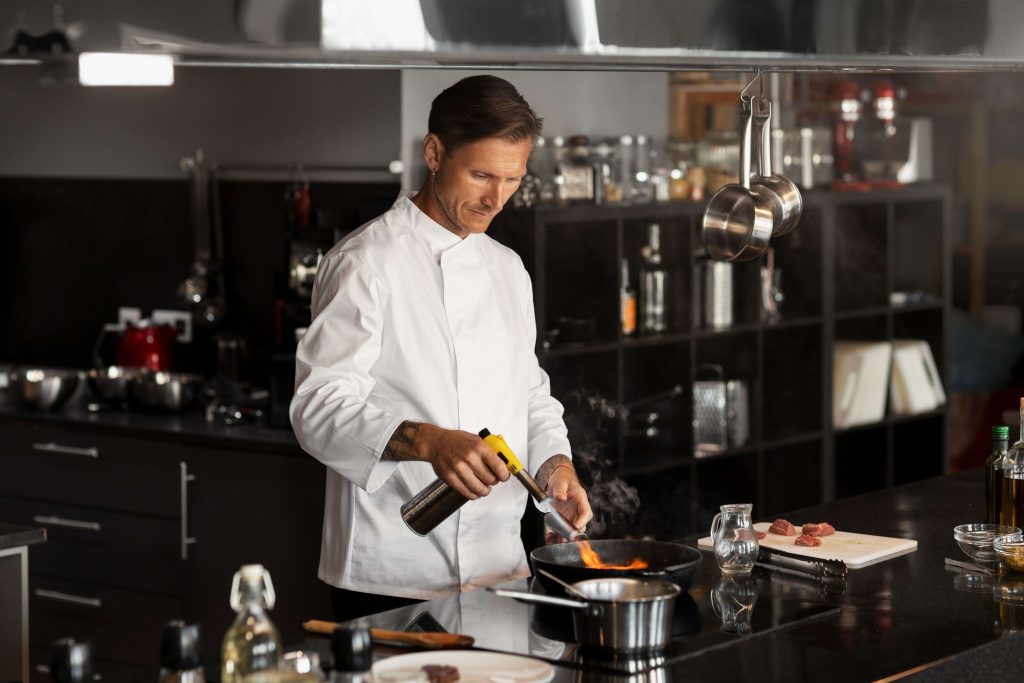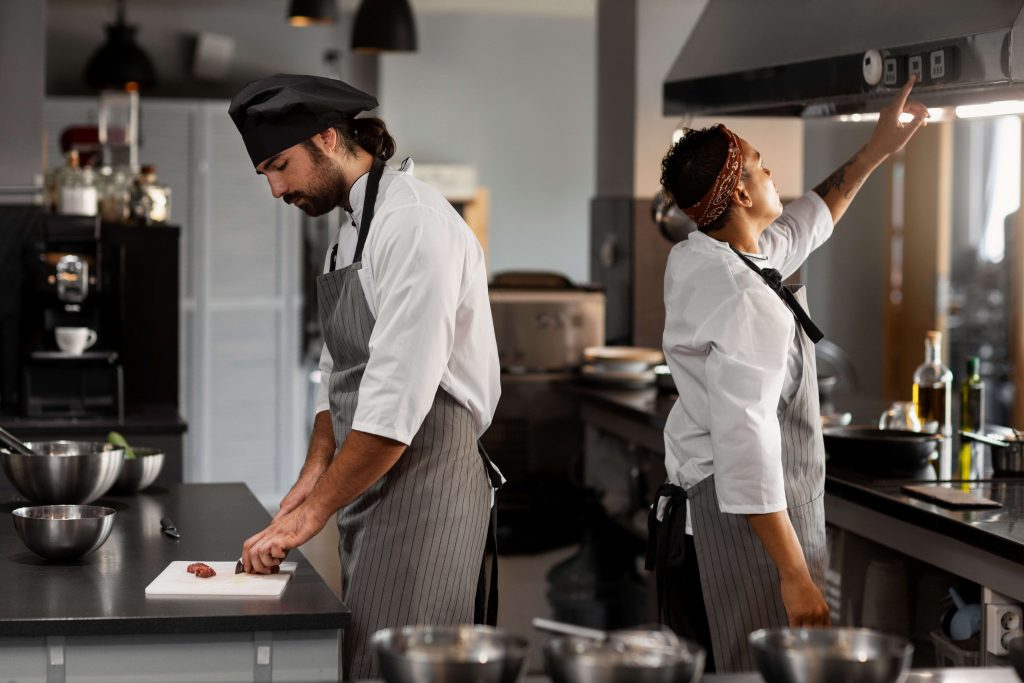When it comes to designing your kitchen, the choice of materials for tables is crucial for achieving both a pleasing appearance and functional efficiency. Stainless steel tables have become a popular and versatile option, competing with a range of other materials. The purpose of this article is to examine the advantages of using stainless steel tables compared to other materials, guiding those seeking to improve their kitchen area.

Advantages of Stainless Steel Tables:
- Durability Unmatched: Stainless steel tables boast unparalleled durability, standing the test of time in busy kitchens. Resistant to corrosion, rust, and stains, they outshine other materials in longevity and low-maintenance requirements.
- Hygienic Haven: The non-porous surface of stainless steel makes it a hygienic choice for kitchen tables. Easy to clean and disinfect, stainless steel ensures a sanitary environment crucial for food preparation, a feature often lacking in porous materials.
- Versatility in Design: Stainless steel tables offer a versatile canvas for various design preferences. Their sleek and modern appearance seamlessly fits into contemporary kitchen aesthetics, while their neutral tone complements a wide range of styles.
- Strength in Simplicity: Simplicity becomes a strength with stainless steel tables. Their minimalist design allows them to blend into diverse kitchen settings effortlessly. The absence of intricate patterns or grains makes them adaptable to evolving design trends.
- Resilience under Heat: Stainless steel tables excel in handling high temperatures, a crucial factor in kitchen settings. They resist warping or melting, ensuring stability and durability even when subjected to hot pots, pans, or cooking equipment.

Why Do Chefs Use Stainless Steel Tables?
Chefs opt for stainless steel tables primarily due to their durability and hygienic properties. These tables provide a robust and easy-to-clean surface, crucial in professional kitchens where cleanliness and efficiency are paramount.
Stainless Steel Tables vs. Other Materials:
- Wooden Tables: While wooden tables exude warmth and charm, they fall short in terms of durability and resistance to moisture. In comparison to stainless steel, wood requires more maintenance and is susceptible to scratches, stains, and warping.
- Plastic Tables: Plastic tables offer affordability but lack the durability and heat resistance found in stainless steel. They are prone to scratching and can deteriorate over time, making them less suitable for heavy-duty use in kitchens.
- Granite Tables: Granite tables boast elegance but can be heavy and expensive. They may also require more maintenance to prevent stains and chips. In contrast, stainless steel tables provide a more cost-effective and durable alternative.

When considering the selection of kitchen tables, it’s essential to weigh the pros and cons. Stainless steel tables emerge as a top choice, offering a perfect blend of durability, hygiene, versatility, and simplicity. Chefs gravitate toward stainless steel for its resilience and ease of maintenance, ensuring a reliable and sanitary workspace. As you navigate the decision-making process, the choice becomes clear – stainless steel tables stand out as the optimal solution for a stylish, functional, and enduring kitchen setup.
